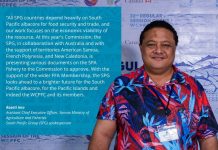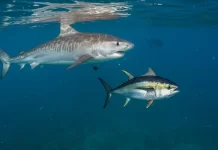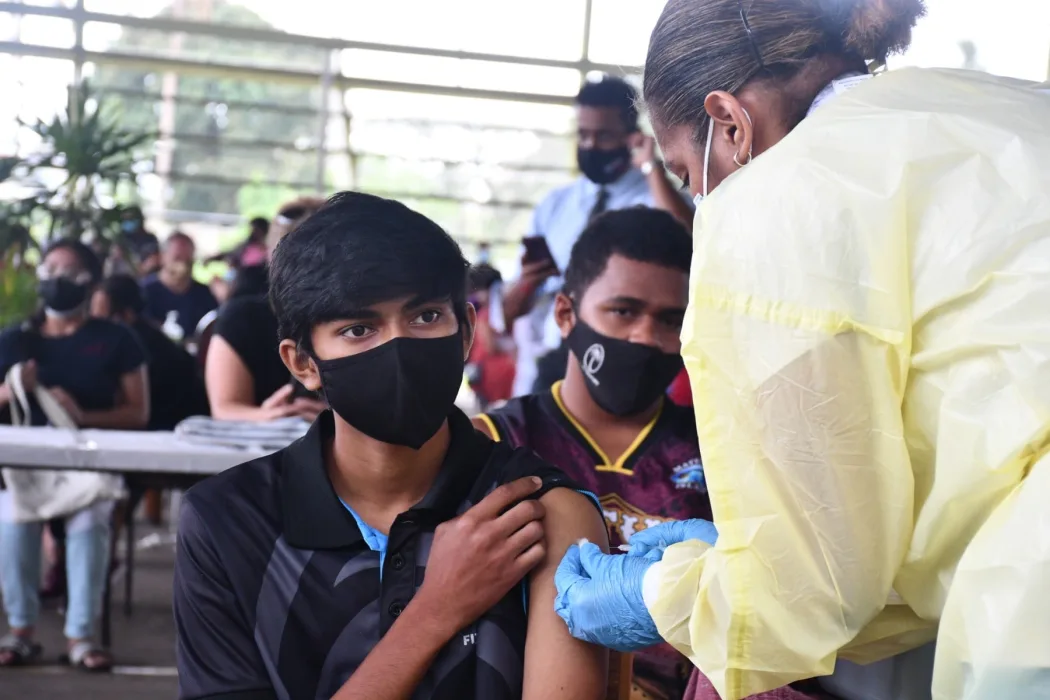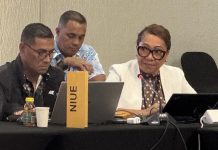The COVID19 crisis was a wake-up call for many Pacific Island Countries to enhance their social security systems.
According to the Asian Development Bank (ADB), its 14 Pacific Developing Member Countries (PMDCs) were quick to respond to the global health crisis in 2020 by declaring states of emergency, drawing up contingency plans, implementing health protocols, closing borders and undertaking mass vaccination campaigns.
“It shows how important it is not just to have comprehensive social protection, but also to have a strong social protection system that is adaptive and shock responsive. It means when a crisis hits, you are able to adjust, you can expand the list of beneficiaries, you can increase the amount of benefits – so you are in the position to make quick adjustments that will allow you to quickly respond to the crisis, explained Ninebeth Carandang, ADB’s Principal Social Development specialist.
The recent ADB Social Protection Indicator report for the Pacific released in December last year said the COVID-19 crisis heightened awareness of the need for formal, government-supported social protection systems, operating in tandem with the traditional “sharing and caring” that already exists in the Pacific.
Carandang said despite traditional social protection systems already in place in many Pacific countries, there is a need for a more predictable social protection programme driven and supported by governments.
“One of the learnings from COVID-19 is that traditional social protection is not enough. It’s very good and admirable, but it’s not enough because when everyone is affected, who will take care of those in need, even when those that are supposed to help are also affected. That’s why more predictable social protection programmes and services are necessary and often this should be driven by the government.
During the first year of COVID19 lockdown in 2020, the ADB estimated that Pacific governments allocated 58 percent of their stimulus packages to various social protection initiatives.
“The stimulus package is basically the financing support available to the government to support the vulnerable groups, help workers laid off, and businesses to cope with the impacts of the pandemic.
“It shows governments recognise that social protection systems and services are relevant. So continuing our assistance building on the support during COVID-19 in various ways, said Carandang.
In the Pacific most of the social protection and social insurance initiatives include the following;
• Social insurance mechanisms to address unemployment arising from COVID-19, including direct cash payments, disbursement from retirement fund savings, lines of credit, and cash-for-work schemes;
• Social assistance mechanisms to assist the most vulnerable, including conditional and unconditional cash transfers, utility subsidies, in-kind food distribution, sick leave;
• Innovative wage and training subsidies paid directly to employers to incentivize their retention of employees while using “down-time” to upskill their workforce in preparation for reopening of borders; and
• Measures to support the private sector to withstand the economic downturn, such as grants or loans to businesses, training for informal and microenterprise entrepreneurs, subsidies for state-owned enterprises and cash crop producers, waivers of taxes and fees, and various forms of repayment holidays for businesses unable to keep pace with loan repayments.
In the Pacific, Cook Islands have one of the most established and generous social protection systems. It has the Cook Islands Welfare Act 1989 and Welfare Amendment Act 2014 – which mandates the provision of social welfare benefits to its population. Currently, there are 10 types of social welfare benefits and the government introduced additional support for workers, businesses, families, the elderly, and children to cope with the coronavirus disease (COVID-19) pandemic.
Social protection is also enshrined in the island nation’s 1965 Constitution, which reflects the highest level of commitment by a nation to safeguard the most vulnerable members of its society.
Prior to the pandemic, the Cook Islands Government’s expenditure on social protection was NZ$20.8 million (US$12. 38 million) in 2018 – equivalent to 4.0 percent of its gross domestic product (GDP). During the COVID-19 pandemic, the government increased its resourcing for social protection as part of its response by 13.5 percent from FY2018 levels to NZ$23.6 million (US$13.9 million), equivalent to 5.5 percent of GDP in FY2022.
As part of its fiscal stimulus package, the government produced an Economic Response Plan that included numerous social protection initiatives. A wage subsidy, training subsidy, “Fees Free” initiative, unemployment benefit, school closure benefit, electricity discount, emergency hardship fund, and one-off payment to vulnerable people (mainly those who lost their jobs during border closures) were put in place and reduced much of the negative socioeconomic impacts felt by individuals and businesses, according to the ADB’s Pacific Economic Monitor (PEM) report on the future of social protection in the Pacific, released in December 2022.
The report said the Cook Islands Government utilised the existing social assistance system to roll out support quickly for school children to continue their education during closures and welfare recipients, and manage the unemployment benefit, employment services, and the hardship fund.
“The government also provided in-kind assistance, including seedlings and agricultural materials. The government, which employs a significant proportion of the population, also maintained the public servant payroll at full pay with no pandemic-related redundancies, said the PEM report.
While Cook Islands and few other countries like Fiji are advanced in their social protection programmes, a challenge remains for all the 14 PMDCs on data collection.
“If you want to strengthen your system, it needs to be backed up by data. For example, if you want to know if your programme is adequate, if you’re giving sufficient allowance, if it’s a cash transfer programme, then you need data, to really determine that. And of course, you need data to also assess and confirm whether you’re really reaching the target number of beneficiaries. So data is powerful.
“ADB is working with governments to make them realise how powerful data can be, especially as a tool for policymakers to help drive their decisions,” Carandang told PACNEWS in Manila recently.
The ADB Social Protection expert admits accessing data from government agencies remains a challenge.
“Government agencies are still working in silos. It’s very challenging because different agencies have different mandates, and sometimes it’s not easy to share information. If your mandate is not related, then you need some legislation to be able to share. That’s the reality.
“But I think slowly but surely, we are moving towards more efficient, effective collection and sharing of data. And we are moving to a stage where we hope we can have a common source of information, where development partners get their data from a central government agency, said Carandang.
Last week delegates from 33 countries from the Asia Pacific region – who are developing member countries of the Asian Development Bank (ADB) met in Manila over three days to share expertise and best practice and strengthen social protection systems in the region.
SOURCE: PACNEWS














